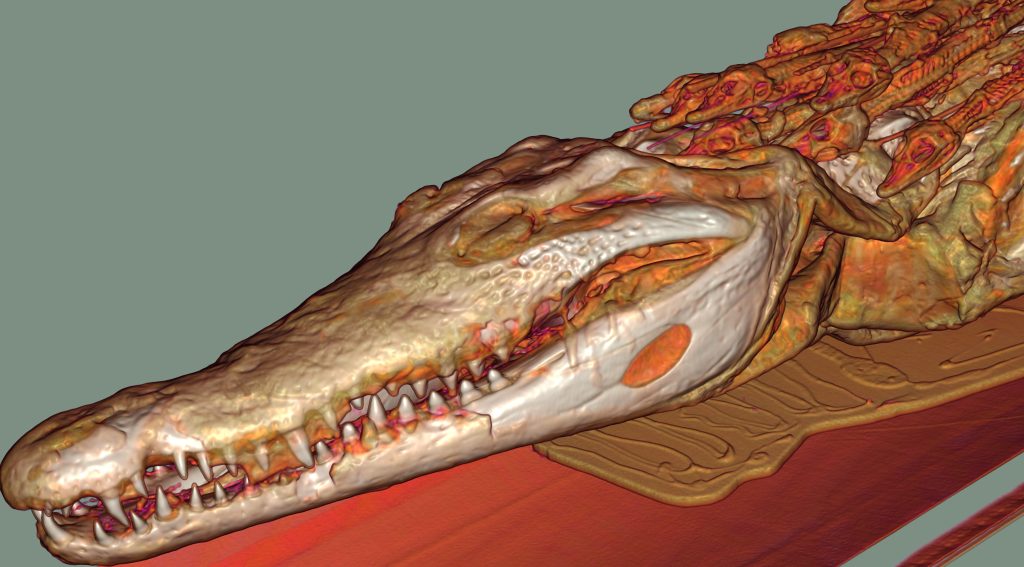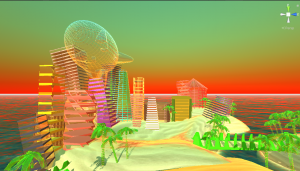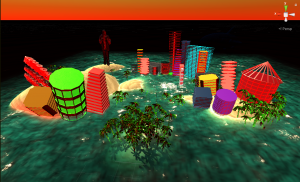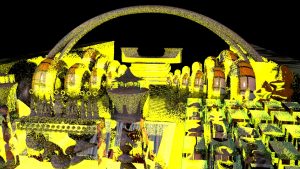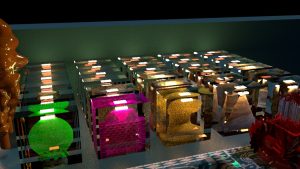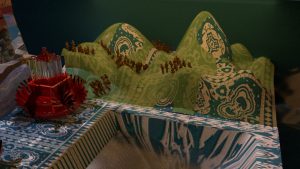Assignment 2. Blog entries.
Lecture 4
Comments on the fourth lesson with Despoina
Lights. Using lights to sculpt a scene is extremely intriguing. It let’s you set the mood for many scenarios. I think that light and color go hand in hand. But the color plays a different role when used in lighting design rather than in costume or scene, it brings out the actual attitude of the experience. For VR it is even more important because you really could navigate the user’s attention to certain points in the experience. Three-point lighting was introduced to us last year, so I got to revise a bit on it, but the concepts of cinematographic lighting as well as high and low-key lighting was quite new and unknown to me before. Within my environment I tend to gravitate towards more experimental light, so not natural light sources, in my opinion it creates a dramatic look which appeals to me. Saliency and affordances. Bottom-up saliency of color, size, shape, orientation, texture, movement can direct the attention. Top-down saliency things that are meaningful i.e., human faces, humans in general, things that are associated with our current task or goal. Saliency in general is somethings that attract a player or users’ attention. Meanwhile affordances are the action that an object allows like pen affords writing. Misperceived affordances are very common in VR, especially for new users, because people tend to get confused as to what they can interact with in the experience, so signifiers can be a good indication. Surface affordances connects with size and visual look as well as the feeling of familiarity with the surface. Spatial affordances – refuge and prospect. Meaning the feeling of safeness within the space. Mystery affordance something that we can learn about. We structure the space by paying attention to the elements which provoke questions that lead to actions.
